The juxtaposition of built urban areas and natural life has an artistic wonder about it.
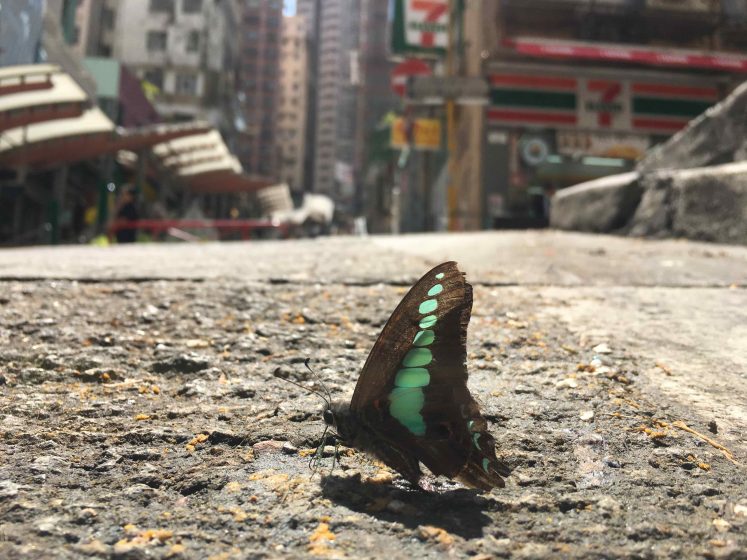
This wealth of biodiversity presents an exciting opportunity when you have so many people in one place and so many species in that same place. Unlike a remote tropical forest where there are plenty of species but not many people to observe those species, the mobilization of the populace through citizen science in urban areas allows for the possibility of accurate and relatively comprehensive species and biodiversity monitoring.
There are now a diversity of platforms for recording such observations, one of the most common being iNaturalist, the app that I most frequently use. Unlike the days of old when you would record in a book what you might see on a given day, where somebody maybe someday might use that record, now you can record your observation, upload your photo, instantly have that observation verified by an expert, and make that record readily available for scientists or amateur naturalists alike. These citizen science approaches can scale up our biodiversity monitoring efforts spectacularly, and few ecosystems are better suited for it than urban landscapes by virtue of the numbers of potential recorders. For example, even if only 1 percent of the people who travel up the Hong Kong central escalator every day made a single observation, we would still have 700 daily biodiversity observations of species in that spot.
The community aspect of citizen science and the connecting of different stakeholders is of significant value. My colleague and moth expert, Dr. Roger Kendrick, set up the Hong Kong Moths iNaturalist project which has to date involved over 400 people in the recording of 1400 species and over 20,000 records. But importantly, anyone can upload their Hong Kong moth photo to the project page and Dr. Kendrick, the moth expert, can assist in the identification of the photo. And then I can (and have) use that data to understand possible changes in moth distributions in Hong Kong over time. And all the while there is an open dialogue and communication between scientists, naturalists, and even casual observers.
These social media efforts can be supplemented and powered by BioBlitzes and other biodiversity games or competitions. Racing to find as many species as you can in a day for a BioBlitz creates a teamwork like effort to achieve a goal. The recently held City Nature Challenge is a good example of a global scale competition where multiple cities compete for the trophy of most biodiverse city. Not only do people get into it and contribute lots of great species records, but there is a city pride that develops in such competitions. And this may encourage a sense of responsibility for monitoring, understanding, and conserving urban nature. Over 400,000 observations were made in the four days of the 2018 City Nature Challenge. More than 17000 people contributed and counted more than 18,000 species.
There are of course biases in such datasets. The more people there are in a city the more you will observe. My personal favorite example of this comes from Italy. It turns out, the number of ground beetle species observed by province correlates strongly with human population density—but this is largely driven record number, i.e., when the number of records is accounted for there is no such relationship (Barbosa et al. 2010). Thus for all urban biodiversity data, we must recognize the number of species seen in a city will be cumulative of both the sampling effort (number of citizen scientists) and the number of species. If you have many citizen scientists in a city of a few species, you will still only record those few species.
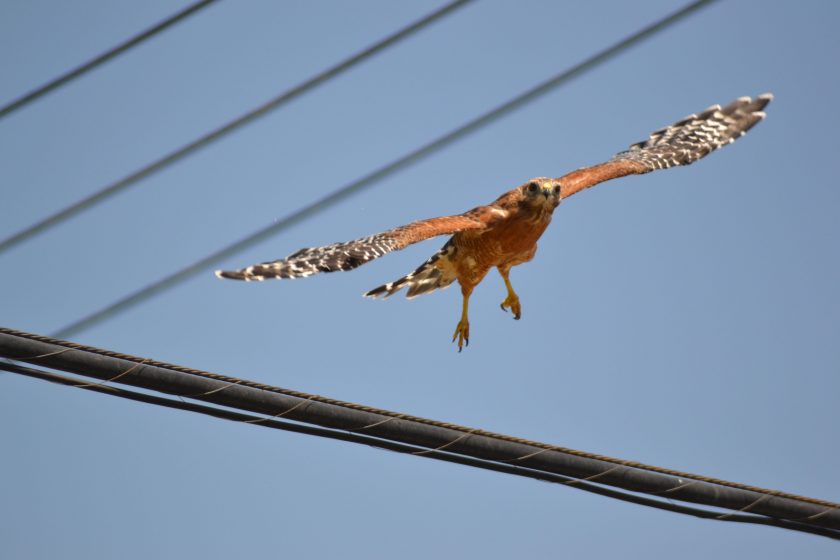
Citizen science will naturally tend towards taxa to which people are attracted. Birds, butterflies, and plants are all great in this respect. Microbes may not work so well (but maybe in the future?). And secretive or nocturnal species will be underreported as well.
Such biases in biodiversity data reflecting patterns associated with numbers of people may be a good thing concerning ecosystem services. To understand how urban species provide value to people you want data that is necessarily tied to the people observing it. So, for example, one could use citizen science-collected data to evaluate how much people enjoy butterflies in urban parks or even the extent to which people even notice the diversity of butterflies in parks. Well, such data would be biased in that urban parks not visited much by people would have few records… but one could still address the question of the value of urban butterflies to park visitors.
There is now a growing literature and framework for utilizing citizen data in urban biodiversity assessments (e.g., Wei et al. 2016, Aronson et al. 2017). BioBlitzes and iNaturalist, in particular, have been particularly useful; for example, in documenting the persistence of rare plant populations in Southern California (Parker et al. 2018). Understanding climate change impacts on biodiversity will certainly require better integration of citizen science records to understand both changes in species distributions or patterns and how people view those changes (Bonebrake et al. 2018).
Naturalists have for some time collected specimens and sent them off to a museum for prosperity. When Dan Cooper and I studied the butterflies of Griffith Park in Los Angeles (home to the Hollywood sign!), we used extensive collections from the Natural History Museum of Los Angeles to document the historical butterfly community and compare it to the present (Bonebrake and Cooper 2014). These collections are invaluable, and we were able to document the extirpation of ten butterfly species from the park over the past century. When I surveyed the contemporary butterfly community, I didn’t collect any specimens because I prefer not to kill butterflies. But many of my observations are on iNaturalist so future ecologists can review these records if they wish. Of course, such online records can never replace specimens or museum records. You can’t do genetic tests on photos after all. And for how long records online will last is hard to say… just ask my friends on Friendster!
I often wonder what the future of these efforts will look like. How will technology continue to advance and support biodiversity monitoring and cities? I see drones all over Hong Kong these days. Could these potentially provide information about phenology or seasonal changes in vegetation, or even the diversity of species based on images taken from high above? As DNA sequencing becomes cheaper and available to the public, will this be the next step in advanced citizen science? In this case, maybe microbes could be monitored by citizen scientists. Or will it take a completely different shape? It’s hard to predict what these efforts will look like. When I joined iNaturalist six years ago, it was hard to imagine seeing over 8 million observations of over 150 thousand species by over 200 thousand citizen scientists. And yet here we are today!
There is a sublime beauty of a black kite casually soaring and careening through high rises and tall urban mazes. The juxtaposition of built urban areas and natural life has an artistic wonder about it. But more and more we are finding a practical use for such sights by meeting the challenge of biodiversity monitoring through technology and the use of citizen science.
Timothy C. Bonebrake
Hong Kong
References
Aronson, M. F., et al. (2017) Biodiversity in the city: key challenges for urban green space management. Frontiers in Ecology and the Environment https://doi.org/10.1002/fee.1480
Barbosa, A. M., Fontaneto, D., Marini, L., & Pautasso, M. (2010) Is the human population a large‐scale indicator of the species richness of ground beetles? Animal Conservation, 13, 432-441.
Bonebrake, T. C., & Cooper, D. S. (2014) A Hollywood drama of butterfly extirpation and persistence over a century of urbanization. Journal of Insect Conservation, 18, 683-692.
Bonebrake, T. C., et al. (2018) Managing consequences of climate‐driven species redistribution requires integration of ecology, conservation and social science. Biological Reviews, 93, 284-305.
Parker, S. S., et al. (2018) Adapting the bioblitz to meet conservation needs. Conservation Biology https://doi.org/10.1111/cobi.13103
Wei, J. W., Lee, B. P. Y., & Wen, L. B. (2016) Citizen science and the urban ecology of birds and butterflies—a systematic review. PloS one, 11, e0156425.


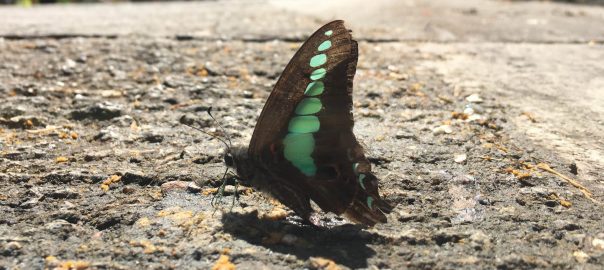
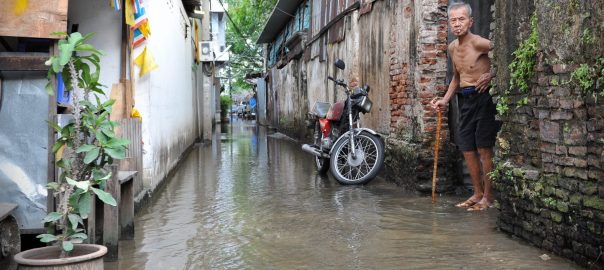
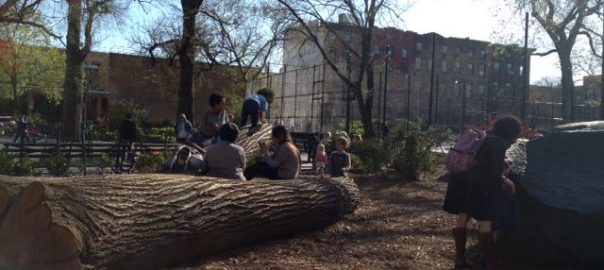
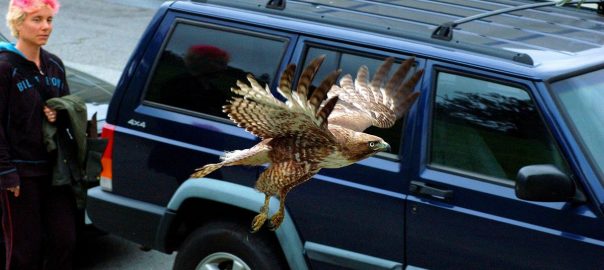
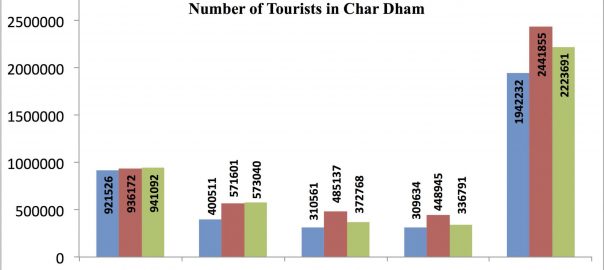
Leave a Reply